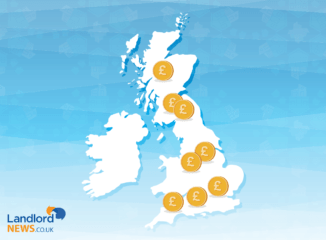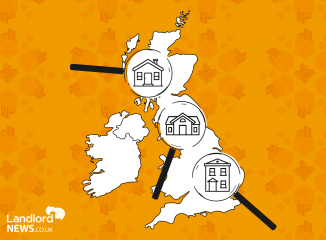Research reveals two thirds of rental homes are not energy efficient
Only a third of rental properties have an Energy Performance Certificate (EPC) rating of C or above, research from specialist property lending experts Octane Capital shows.
An EPC measures a property’s energy efficiency, with those in the higher bands of A to C benefiting from lower energy bills.
The Government has set a target within the private rental sector (PRS) for properties to have a minimum EPC rating of C or above by 2028.
Part of this includes the Minimum Energy Performance of Buildings (No. 2) Bill, which recently reached its second reading in the House of Commons and aims to legally increase the minimum level of energy efficiency to a C.
Octane Capital points out that while this is good news for future tenants, just 33% of current properties in the PRS across England and Wales currently boast an EPC rating of C or above. That’s just 1.6 million homes out of a total of 5 million. It’s also estimated that the cost of bringing these rental homes up to a C rating sits at a minimum of £7,646 per property, with the total cost of improving PRS energy efficiency hitting £25.7bn.
Jonathan Samuels, CEO of Octane Capital, comments: “It’s currently a legal requirement that rental properties have both an EPC and a minimum rating of E. However, the Government’s new aim is to increase this to a C rating by 2028 and around two thirds of current PRS stock sits below this threshold.
“This means that many tenants will already be paying considerably higher energy bills than they would in a more energy efficient home and this cost is set to climb significantly higher this year.
“While the Government has committed to ensuring new rental homes meet a minimum standard, it’s fair to say they shoulder some of the blame where existing rental properties are concerned. The cost to improve a property’s rating to a C is substantial and many landlords simply don’t have the financial resources to do so, having seen the profitability of their portfolio dwindle thanks to legislative changes to tax relief and an increase in Stamp Duty when purchasing a buy-to-let home.
“It’s yet another example of how the Government’s campaign against landlords has been inadvertently detrimental to tenants and why we should be encouraging buy-to-let investment in order to raise standards across the sector.”




